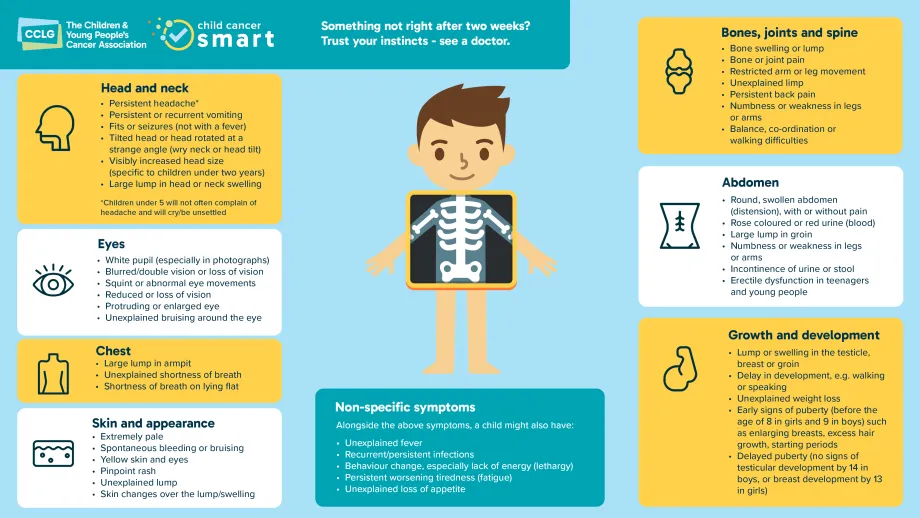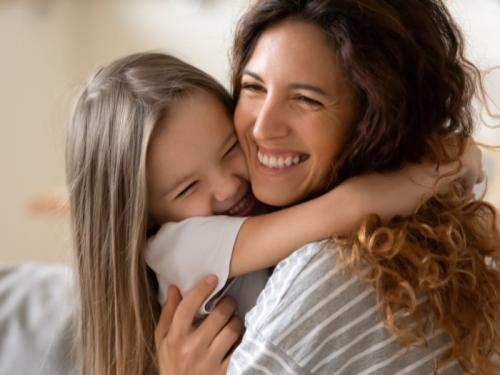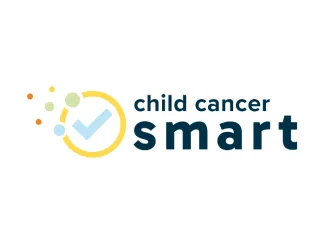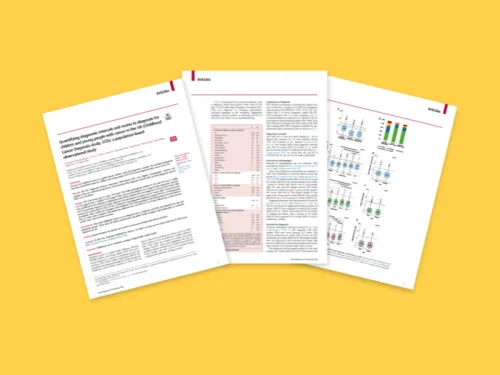Resources for families
What makes cancer in children and teenagers different to normal childhood illnesses?
-
Cancer symptoms often present as clusters
A cluster is a group of symptoms that appear together.
-
Symptoms of childhood cancer persist
Persistent symptoms do not improve or go away like they do in other childhood illnesses.
-
Childhood cancer symptoms can be progressive
Progressive symptoms means that a child may start with something like a headache but then more and more symptoms appear over time.
It's important not to worry if your child has one of these symptoms, but if they develop multiple symptoms, which persist, or they seem more ill than you would expect them to be, it is worth seeing your doctor.
You know your child best, and parental concern is listed in our clinical guideline to be considered carefully when seeing a child or teenager with suspected symptoms.
Use our list of symptoms below to help you discuss this with your doctor.
Guidance for families and professionals
Child Cancer Smart isn't just a campaign for parents or children and young people who are worried they have cancer. We are also providing medical professionals with guidance and advice on how to identify potential cancer symptoms in children, and what to do if they suspect a child or teenager has cancer. We hope that this will also benefit parents by encouraging doctors to take parental worries more seriously when it comes to a potential cancer diagnosis.
Symptoms by parts of the body or systems
If you are a child or teenager, or a parent of a child or teenager, with one or more of these symptoms, it does not automatically mean cancer. Symptoms of cancer appear in clusters depending on the cancer type. This list should be used in combination with our symptoms by cancer type.

- Persistent headache*
- Persistent or recurrent vomiting
- Fits or seizures (not with a fever)
- Abnormal head position (head tilt)
- Visibly increased head size (specific to children under two years)
- Large lump in head or neck swelling
*Children under 5 will not often complain of headache and will cry/be unsettled
- White pupil (especially in photographs)
- Blurred/double vision or loss of vision
- Squint or abnormal eye movements
- Reduced or loss of vision
- Protruding or enlarged eye
- Unexplained bruising around the eye
- Large lump in armpit
- Unexplained shortness of breath
- Shortness of breath on lying flat
- Round, swollen abdomen (distension), with or without pain
- Rose coloured or red urine (blood)
- Large lump in groin
- Numbness or weakness in legs or arms
- Incontinence of urine or stool
- Erectile dysfunction in teenagers and young people
- Bone swelling or lump
- Bone or joint pain
- Restricted arm or leg movement
- Unexplained limp
- Persistent back pain
- Numbness or weakness in legs or arms
- Balance, co-ordination or walking difficulties
- Extremely pale
- Unexplained bleeding or bruising
- Yellow skin and eyes
- Pinpoint rash that does not go away under glass test
- Unexplained lump with or without pain
- Unexplained swelling (eye, limbs, abdomen)
- Skin changes over a lump/swelling
- Lump or swelling in the testicle, breast or groin
- Delay in development eg walking or speaking
- Unexplained weight loss
- Early signs of puberty (before the age of 8 in girls and 9 in boys) such as enlarging breasts, excess hair growth, starting periods
- Delayed puberty (no signs of testicular development by 14 in boys, or breast development by 13 in girls)
• Unexplained fever
• Recurrent/persistent infections
• Behaviour change, especially lack of energy (lethargy)
• Persistent worsening tiredness (fatigue)
• Unexplained loss of appetite



